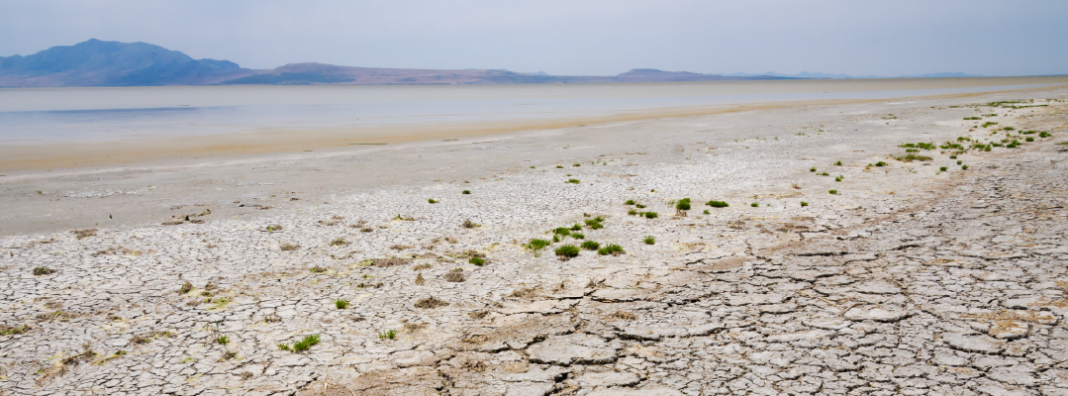
This year’s better-than-normal snowpack hasn’t just been a boon for skiers, it’s a potential moment of reprieve for the drying Great Salt Lake. If we institute policies that usher more water to the lake, our snowpack this year should mean that more water will make it there in the spring runoff.
Unfortunately, one good year is not enough. A recent report from 32 water experts says we need to get 1 million more acre-feet of water to the lake every year for the next 15-20 years in order to restore it to a healthy condition. That’s enough water to cover Salt Lake County in two feet of water every year.
The target to get 1 million more acre-feet into the lake is set by physics — based on how temperature, humidity and wind speed affect evaporation. It’s physics, not politics, that decides the lake levels. Whether it is politically expedient or not, our policies should be guided by the basic fact that we need to raise the level of the lake. Is the Utah Legislature getting us on the right side of physics?
Conserving water is currently the only viable way to reach that goal.
The Legislature has already taken steps to reduce water use — requiring secondary metering and allowing farmers to leave water in-stream without jeopardizing their future water rights. New bills would create efficient landscaping incentives and update reporting requirements, but all these efforts still don’t get us close to the 1 million target.
Utah’s best option for conserving the necessary 1 million acre-feet is to use water markets. Water markets allow farmers to temporarily sell or lease some of their water to another user. In the current system, if a farmer only needs to use 80% of their allocated water, they don’t have any easy way to give the excess to someone else. The process to transfer a water right takes months to complete. But a water market would make it easier to move water to where it is needed, without requiring a farmer to give up access to water they may need next year.
As 75% of water in the Great Salt Lake watershed and roughly 85% of water in Utah is used for agricultural purposes, providing a direct incentive for agricultural users to conserve will have the greatest impact. Allowing in-stream flows protects farmers from being punished for conserving water, but there is still no positive incentive to conserve. We should make it attractive to farmers to conserve water.
Water markets provide a permanent but flexible solution. They use basic economic principles to incentivize conservation by allowing farmers to profit from leaving water in the river. Markets also give municipalities and conservation groups access to water that was previously unavailable. If conservation groups can offer to purchase water from farmers, farmers may choose to use less water for irrigation because they would make more money conserving it instead.
Other states have seen success with water markets. In fact, Utah already has a few pilot projects exploring how they could work here. Investing in and expanding these pilot programs is the best way to tackle the tricky problem of agricultural water use. Leasing or selling water allows farmers to profit from conservation, benefiting everyone in the process.
One other challenge legislators face is finding a way to ensure that water left in-stream will actually make it to the lake. Currently, there is no guarantee that conserved water won’t be used by someone further downstream, and lawmakers have steered clear of setting real targets for water flow or elevation in the Great Salt Lake.
Despite their reluctance, the target is clear — getting a lot more water to the lake each year is the only way to avoid catastrophe for northern Utah’s economy, environment, and quality of life.
Outdated water policies got us into this mess, but by acting boldly we can leave the next generation in a position to be leaders in conservation and water management. We owe it to future Utahns to act today.



 The Salt Lake Tribune
The Salt Lake Tribune